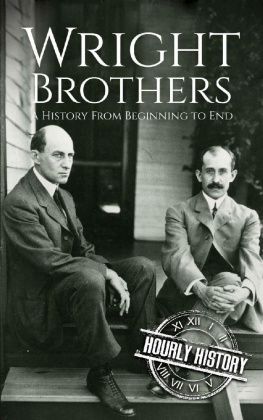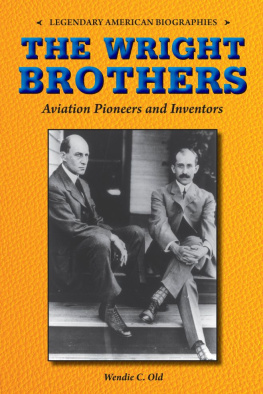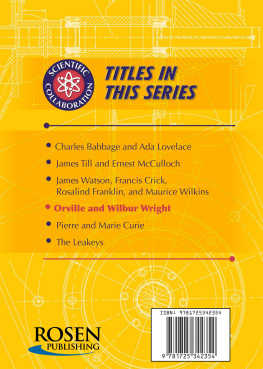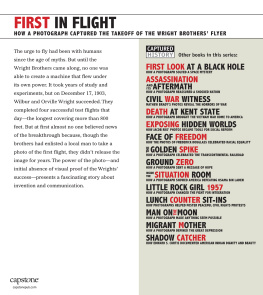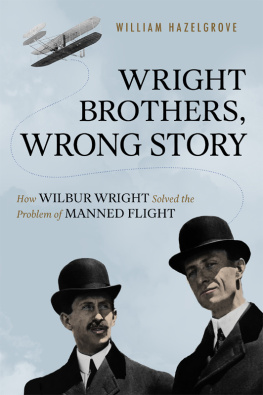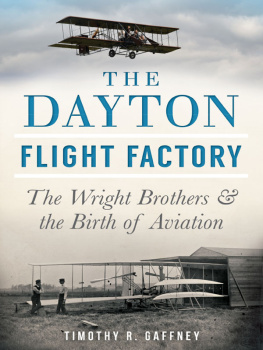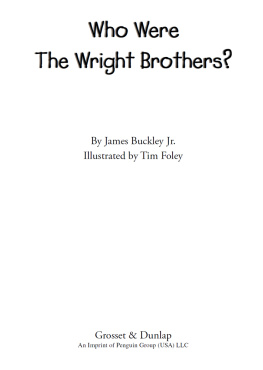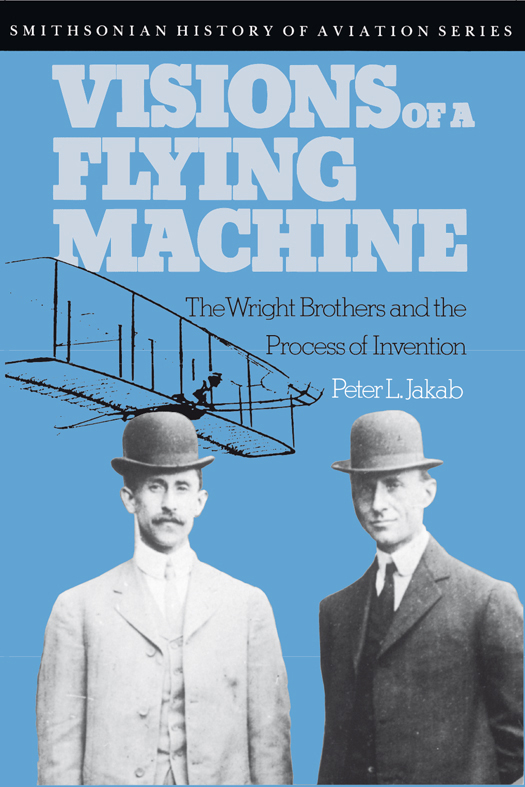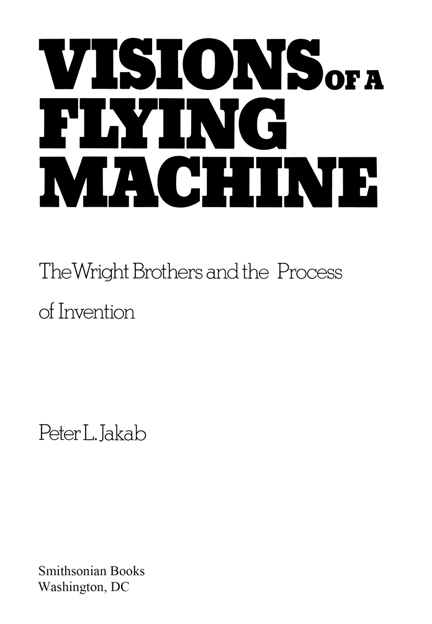SMITHSONIAN HISTORY OF AVIATION SERIES
Von Hardesty, Series Editor
On December 17, 1903, on a windy beach in North Carolina, aviation became a reality. The development of aviation over the course of little more than three-quarters of a century stands as an awe-inspiring accomplishment, in both a civilian and a military context. The airplane has brought whole continents together; at the same time it has been a lethal instrument of war.
The Smithsonian History of Aviation Series is intended to contribute to the overall understanding of the history of aviationits science and technology as well as the social, cultural, and political environment in which it developed and matured. Some publications help fill the many gaps that still exist in the literature of flight; others add new information and interpretation to current knowledge. While the series appeals to a broad audience of general readers and specialists in the field, its hallmark is strong scholarly content.
The series is international in scope and includes works in three major categories: Smithsonian Studies in Aviation History, works that provide new and original knowledge; Smithsonian Classics of Aviation History, carefully selected out-of-print works that are considered essential scholarship; and Smithsonian Contributions to Aviation History, previously unpublished documents, reports, symposia, and other materials.
Copyright 1990 by the Smithsonian Institution
All rights reserved
Editor: Debra Bertram
Designer: Janice Wheeler
Library of Congress Cataloging-in-Publication Data
Jakab, Peter L.
Visions of a flying machine : the Wright brothers and the process of invention / Peter L. Jakab.
p. cm.(Smithsonian history of aviation series)
Includes bibliographical references.
ISBN 0-87474-456-3
eBook ISBN: 978-1-58834-438-0
1. AirplanesHistory. 2. Wright, Orville, 18711948. 3. Wright, Wilbur, 18671912. I. Title. II. Series.
TL670.5.J35 1990
629.130922dc20
89-39643
British Library Cataloging-in-Publication Data available
A paperback reissue (ISBN 978-1-56098-748-2) of the original cloth edition
For permission to reproduce individual illustrations appearing in this book, please correspond directly with the owners of the works, as listed in the photo credits at the back of the book. Smithsonian Books does not retain reproduction rights for these illustrations individually or maintain a file of addresses for photo sources.
This book may be purchased for education, business, or sales promotional use. For information please write: Special Markets Department, Smithsonian Books, P.O Box 37012, MRC 513, Washington, DC 20013.
www.SmithsonianBooks.com
v3.1
To
Lszl Jakab
and
Alice Alvinczy Jakab
Two Americans who made the journey
Isnt it astonishing that all these secrets have been preserved for so many years just so that we could discover them!!
Orville Wright
June 7, 1903
Contents
Foreword
Eighty-five years after the invention of the airplane, Wilbur and Orville Wright have lost none of their power to fascinate and intrigue us. A veritable ocean of ink has been spilled in attempts to tell their story. Arthur G. Renstroms classic bibliography, Wilbur and Orville Wright: A Bibliography, published by the Library of Congress in 1968, lists thousands of closely packed entries on 176 double-column pages. And that was only the beginning. An unabated flood of biographies, childrens books, technical articles, and scholarly monographs on the subject continues to flow from the presses.
Just when it seems that there is little more to be usefully said about the two brothers from Dayton, along comes someone like Peter Jakab to surprise and delight us with fresh insights. The book that you hold in your hands differs from many earlier studies of the invention of the airplane that brush lightly over the key technical issues of the story. It takes us straight to the heart of the Wright achievement, focusing on the technology and offering a clear and concise statement of precisely what the Wrights accomplished and how they did it.
At its core, this is a book about the process of invention. The author begins by defining the problem of the flying machine as it was understood when the Wrights entered the field in 1899. He then proceeds to describe how the brothers identified and resolved the range of technical puzzles that had baffled the best-trained engineers and scientists for over a century.
Step by step, he walks us down the path of invention blazed by the Wright brothers. Along the way, we come to understand and appreciate the fundamental nature of the Wright geniustheir ability to conceive solutions to the most difficult technical problems as concrete mental images. Simply put, the Wrights had an extraordinary gift for visualizing abstraction.
Nowhere is the value of this ability more apparent than in the story of the wind tunnel experiments of 1901. The Wrights had reached a frustrating impasse. They knew that there was an error in one or more of the experimentally derived coefficients employed in the equations used to design their flying machines. But which of the long-accepted coefficients was incorrect, and to what extent?
To solve the problem, the Wrights designed a pair of wind tunnel balances that functioned as mechanical analogs of the equations for lift and drag. In a few short weeks of concentrated effort, they were able to measure the minute fluctuations in pressure dancing over their tiny wings in such a way as to isolate the coefficients and correct the error. In the process, they also identified the most efficient airfoil among all of those tested. Other authors have told us that the wind tunnel experiments were important. Peter Jakab explains why they were important and what the experiments tell us about the Wrights thought processes.
This is a book about the invention of the airplane, but it offers important insight into a much broader range of questions. In focusing our attention on the nature of Wilbur and Orville Wrights achievement, the author sheds new light on the fundamental nature of the inventive process. The result is a book of lasting interest and value to all students of innovation in technology and science.
Tom D. Crouch
Acknowledgments
The first book of every young scholar has a long trail of people in its wake that helped to train the author and to shape his or her thinking. This one is no exception. To the lengthy list of teachers, advisors, colleagues, family, and friends who have assisted me in one way or another through graduate school and my beginning years as a professional historian, I express a resounding thank you.
A number of individuals deserve special mention. Tom D. Crouch, the recognized authority on early aeronautics and the Wright brothers, has always been ready to drop everything in his busy schedule to share his vast expertise on the subject and his experience as an author. Our many phone conversations and luncheon discussions over the past several years have contributed in countless ways to my understanding of the Wright achievement and of the brothers as human beings, as well as to my development as a writer. Few students enjoy as productive and rewarding a relationship with a senior scholar as this one has been. My research effort on the Wright brothers has yielded not only a book, but a valued friend and colleague.


